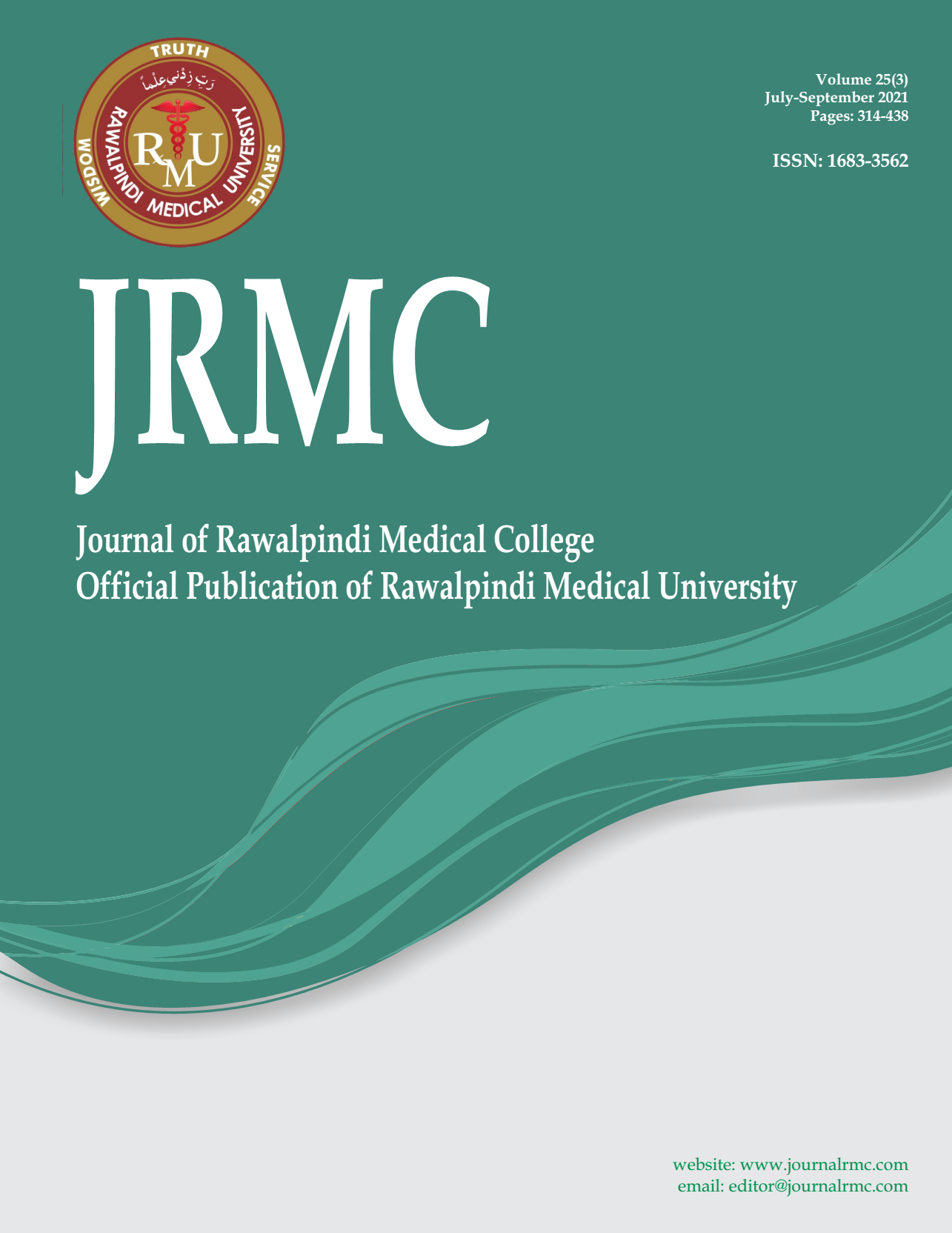Abstract
Background: To compare the mean reduction time in modified scapular manipulation and traction counter traction technique in the management of acute anterior shoulder dislocation.
Methods: Patients aged 16-60 years of age admitted through A&E department were included in the study. Patients were divided in two groups randomly on basis of lottery method. It was randomized controlled trial (RCT). In group A , patient were manipulated,with modified scapular manipulation technique without sedation and analgesia. In group B, patient were manipulated, with Traction-Counter Traction technique under I/V sedation and analgesia. Reduction time was recorded from start of manipulation technique till shoulder joint was reduced clinically.
Results : A total of 60 patients were included in the study, out of which 65% were male and 35% were female. The mean age of patients was 35.52±13.31 years. The mean reduction time was significantly less (p- 0.049) in patients with modified scapular manipulation group then traction counter traction group.
Conclusion: Modified scapular manipulation is a effective way of reducing shoulder joint with less reduction time as compared to traditional traction counter traction method in accident and emergency department without the use of I.V sedation and analgesics.

This work is licensed under a Creative Commons Attribution-ShareAlike 4.0 International License.
Copyright (c) 2018 Journal of Rawalpindi Medical College

